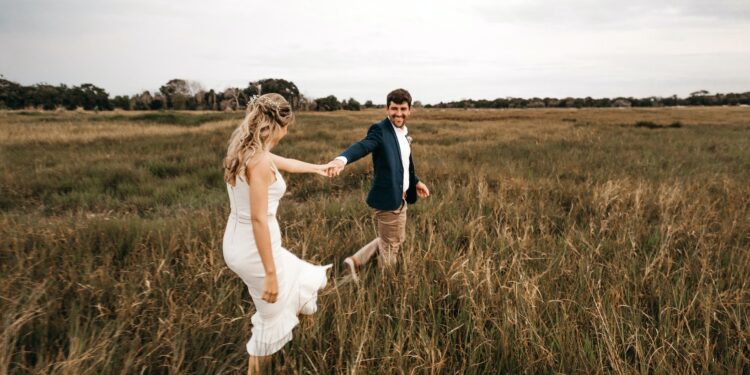Dave Was 25 Years Old When He Got Married Riddle
We’ve all come across that intriguing riddle: “Dave was 25 years old when he got married. Now, he’s 30 and it’s the birthday of his five-year-old son.” How does this puzzle even make sense? Well, I’m here to shed some light on this entertaining brain teaser.
When you first hear the riddle, it may appear complicated or perhaps nonsensical. However, it’s one of those clever puzzles that use a dash of misdirection to get your mind spinning. The key is not to overthink it – oftentimes the answer lies in simplicity.
So why does Dave’s age with respect to his son’s birthday cause such confusion? Don’t worry — I’ll break down every last detail for you. Get ready to put on your detective hat as we dive deep into unraveling this puzzling mystery!

Understanding the Riddle: ‘Dave Was 25 Years Old When He Got Married’
Let’s dive right into the heart of this intriguing riddle. It goes like this: “Dave was 25 years old when he got married. The marriage lasted five years and ended in divorce. After another 20 years, Dave died at half his age when he got married. How is that possible?” On the surface, it doesn’t seem to make sense, does it? That’s because it’s a trick question.
The key to unlocking this riddle lies in its clever use of language and misdirection. It plays on our assumption that Dave should be older than 25 by the time he dies. We naturally think of “half his age when he got married” as referring to an age less than 25.Here’s where the twist comes in: What if “half his age when he got married” is not referring to Dave’s age at marriage (which was 25), but rather his age at death? This would imply that Dave was actually twice as old at death as he was at marriage – so, a whopping 50 years old!
So let me break down how this works:
- At 25, Dave gets married.
- Five years later (at the age of 30), they divorce.
- Dave lives another two decades after divorce before passing away.
- At death, Dave is exactly twice as old as when he first tied the knot – hence why we say he died at “half his age when he got married”.
With a little bit of lateral thinking and reinterpreting what we initially assume about the phrase ‘half his age’, we can see how this seemingly impossible statement becomes feasible! So next time you come across a riddle like this one, remember not to take everything at face value. Sometimes you need to look beyond your initial assumptions to find out what’s really going on.














